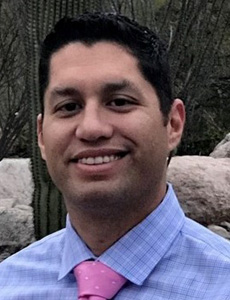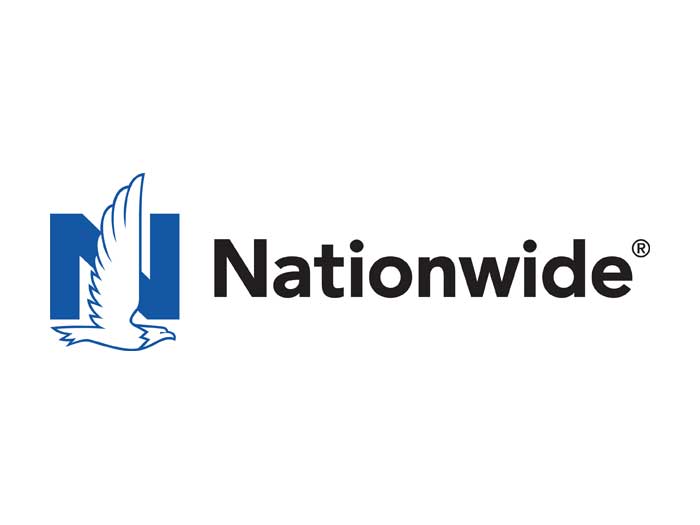4 Workers’ Comp Regulatory and Legislative Trends that Belong on Your Radar for 2021

From drug formularies, presumption laws and opioids, to telemedicine, gig workers and more, the legal and regulatory landscape is always changing for the workers’ compensation industry. That’s why the National Workers’ Compensation and Disability Conference works tirelessly each year to bring audiences a detailed discussion of what’s in store.
This year, during National Comp’s one-day virtual event, panelists Lisa Anne Bickford, director of government relations for Coventry; Mark Pew, senior vice president, product development & marketing for Preferred Medical; and Don Lipsy, AVP, managed care government relations for Sedgwick Claims Management Services, Inc. came together to detail the “big ticket” items to watch going into 2021 and beyond.
For those who weren’t able to attend live, here’s a breakdown of what they covered during their session, “Workers’ Comp Regulatory and Legislative Trends that Belong on Your Radar for 2021.”
1) Pharmaceuticals
Preferred Medical’s Pew led the discussion on pharmaceuticals, diving into topics like the over-prescribing of opioids and the history of these particular drugs coming to the fore in the last decade.
“The CDC guidelines [on opioid prescribing] came out in 2016, and that really changed how we think about the day-supply [of opioids], in my opinion,” he said. “The CDC guidelines were one of the primary reasons why the 30-day supply of opioids for acute pain is really not an issue anymore.”

Mark Pew, senior vice president of product development and marketing, Preferred Medical
He further went on to describe some the additional changes to guidelines on opioids since then, including discussing the AMA revoking pain as the fifth vital sign and Medicare Part D launching opioid overutilization policies in 2019. This acted as background to the second big pharmaceutical topic: formularies.
“When you look at treatment guidelines in workers’ comp, and certainly a lot of things that have contributed toward workers’ comp, there has been a lot of change over time, which includes formularies,” Pew said.
When looking at 2019/2020, Pew noted that only a few states’ jurisdictions adopted some new “tweaks” to their guidelines, but not much else had changed.
Of note, however, was that states like Ohio and Texas saw that prescription patterns — and not just of opioids, but also other drugs — have changed.
2) Drug Pricing
Stemming off of the formularies conversation, Lipsy of Sedgwick discussed drug pricing as an area to watch moving into the legal/regulatory landscape of 2021.
“One of the things we have significantly seen over the course of the last five to ten years is, yes, while formularies may have started to ratchet down and … when you stop talking about clinical issues around pharmaceuticals in workers’ comp, you naturally then talk about, ‘well if the clinical is resolved, what else do we have to address?’ And the natural part is the cost,” he said.
He said one positive is that some of the higher cost drugs, like Lyrica as an example, have dropped down to generic pricing. Though there wasn’t an immediate drop in prices, Lipsy added the decrease is starting to be seen there.
Today, he said, the comp industry is now seeing an increase in price for topicals and single-label compound medications, i.e. “boutique” NCDs being driven by the manufacturers that make those medications.
“One of the few things we see politicians agree on today federally and at the state level is that we’re paying too much for drugs,” Lipsy said. “And that’s not just in workers’ comp. It’s in group health, it’s in everyday.”
Moving into 2021 and beyond, drug reform and drug pricing is something that the panel anticipates being reviewed in legislatures across the country.
3) Telehealth
“Time Magazine always has a word for the year, and I think the word for 2020 … is ‘Zoom,’ ” said Pew. The concept of telehealth and telemedicine, he said, has become something everybody has come to understand.

Lisa Anne Bickford, director of government relations, Coventry
“According to Forbes, we saw ten years of telehealth adoption in about eight weeks,” Pew said. “In workers’ compensation specifically, from March 2019 to March 2020 … there was a 4,347% increase in the use of telehealth.”
This trend in the uptake of telemedicine, therefore, is likely to continue. However, “not all vendors are created equal,” Pew warned. Ideally, companies will pay as much attention to their telehealth services providers as they do with brick-and-mortar doctor offices.
“COVID has really sped up the dynamic at what we look at from a payer perspective, and from a claims administrator perspective,” Lipsy said.
Bickford added that, at Coventry, the company’s bill review volume during COVID has skyrocketed. The team saw bills rise from 230 telemedicine bills per day in March to 5,300 bills per day in May. That, Bickford said, represented an increase of 3,433%.
Moving into 2021, the panelists agree that the acceptance of telemedicine is likely to grow, despite previous hesitations.
“In my opinion, there’s been a paradigm shift,” she said. “It’s not that people didn’t like telemedicine before … a lot of the reticence to adopt telemedicine as a one-for-one swap with an in-person visit has basically gone away because of what’s happened with COVID.”
4) Biopsychosocial Model
The biopsychosocial model is another area to watch as its popularity continues to grow in workers’ comp. The idea behind this model is that injured worker should be looked at holistically, from a biological, psychological and social standpoint. This is becoming even more of a talking point in workers’ comp, according to panelists.

Don Lipsy, AVP, managed care government relations, Sedgwick
The biopsychosocial model really engages the worker, said Pew. The idea is to empower the injured worker to move forward in their recovery, no matter what it is that they need to keep pushing forward — a dietary change, an extra few hours of meditation, a review of their day-to-day tasks and more.
Again, the conversation came back to COVID for this point: Pew said that one of the big lessons he’s certain we’ve all learned from the pandemic and its subsequent quarantine mandates is that we now understand the importance of a whole-person approach to life.
Lipsy said that from the claims administration side the question is “how do we define what services are right for which people, because we know everyone’s brain is unique?”
The answer, he said, will be challenging to find, because the current workers’ compensation system is designed to handle physiological conditions. The next step should be in developing or defining treatment guidelines surrounding the biopsychosocial model.
However, “there are huge, huge regional differences … within a state and between states,” Bickford noted. “We’re still at different areas in terms of acceptance of [the biopsychosocial model] being a thing and to what extent it needs to be a compensable thing.”
Because of this, the discussion is likely to continue.
Other Trends to Watch
With an eye on the future, the workers’ comp industry must keep abreast of the legal/regulatory changes coming its way.
In addition to the above trends, the panelists reviewed presumption laws, California’s gig economy litigation and how employee classification bills will not only create challenges but also new opportunities for the workers’ comp space.
Those interested in hearing more can view the session on-demand here. &
 The 2020 National Workers’ Compensation and Disability Conference virtual event occurred on October 21 with six engaging sessions on issues ranging from the industry’s response to COVID-19 to how it can prepare for the impending talent gap.
The 2020 National Workers’ Compensation and Disability Conference virtual event occurred on October 21 with six engaging sessions on issues ranging from the industry’s response to COVID-19 to how it can prepare for the impending talent gap.
The conference will continue producing educational content throughout the year through our on-going digital session series and our Comp Talks program, which will deliver on-demand, short form educational content to hit the busy schedules of workers’ comp professionals.
Our next digital session, “Building Off of a Pharmacy Program to Structure a Strong Settlement” will detail how pharmacy program tools, including clinical reviews, provider outreach, predictive analytics, medication plans, point-of-sale edits and drug testing, can act as a springboard to set a claim up for settlement. Tune in on November 5 at 2:00 p.m. ET to learn how pharmacy programs and settlement programs are working together to achieve workers’ comp excellence.
You can register for this talk, and other sessions in our series, here. Be sure to check back regularly, as new content is being added all the time!
Missed the one-day virtual event? You can watch all the session on-demand here.










